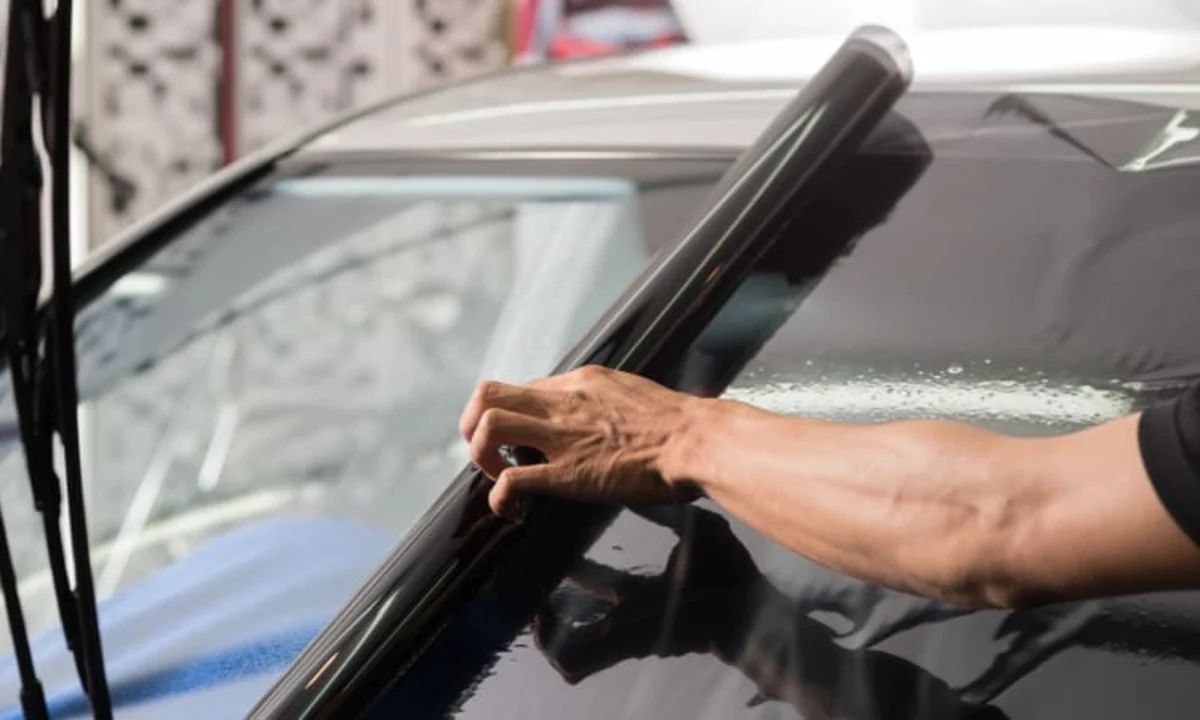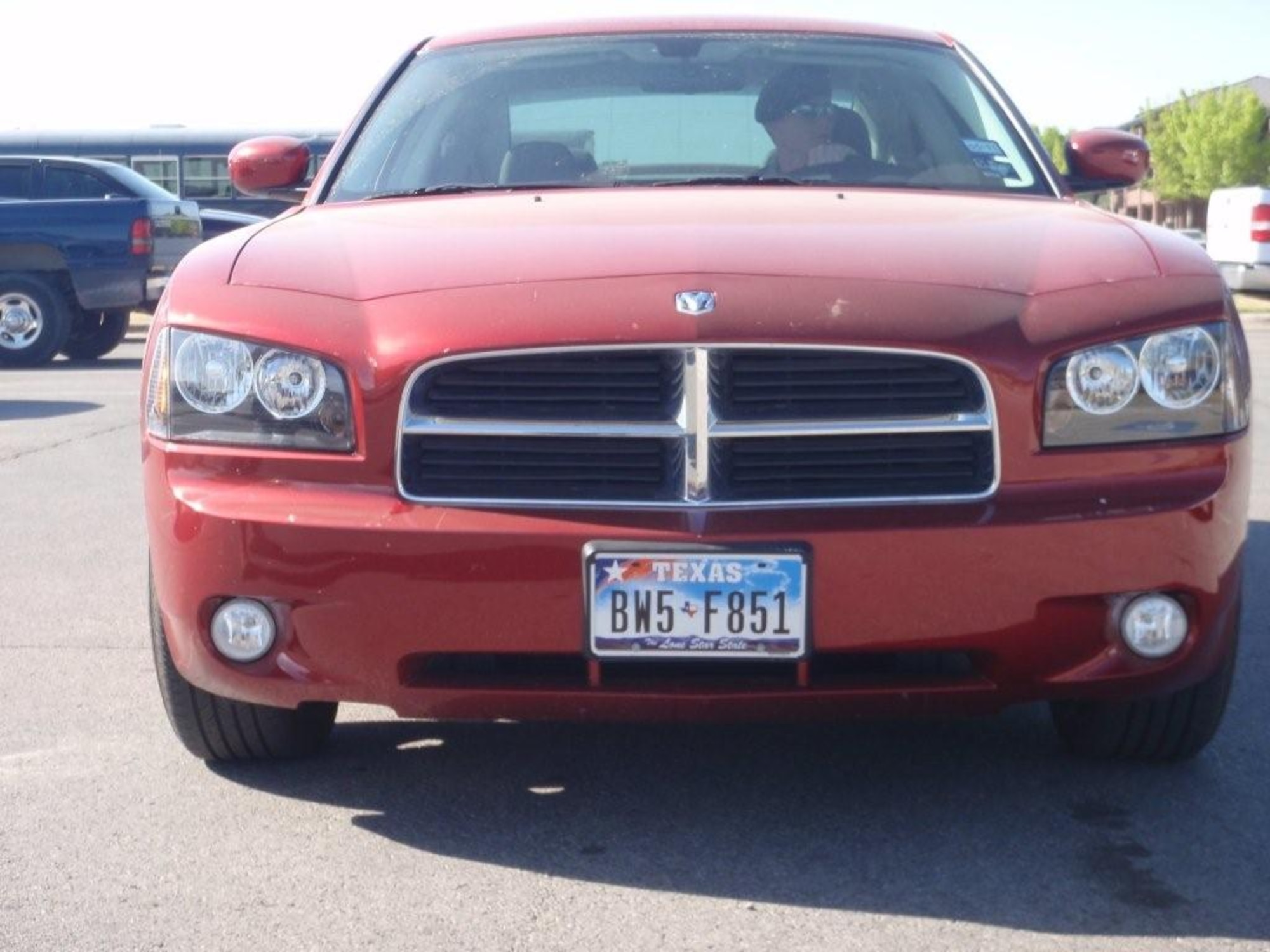Legal Tint In Hawaii - Note: The accuracy, completeness, adequacy, or value of the content is not warranted or guaranteed. We are not lawyers or law firms and do not provide legal advice. We recommend that you consult an attorney or other appropriate professional for legal advice.
Adding window tint film to windshields and car windows should be an aftermarket upgrade. Car window tinting prevents UV light loss and protects the car's interior from fading and cracking, and tinting can lower interior temperatures, making the car more fuel efficient. And when it comes to all that Hawaiian sun, the car's tint is the most important thing. Window tinting also adds a personal touch and style to your car that looks great no matter where you live.
Legal Tint In Hawaii

Hawaii's window tint laws were temporarily enacted in 1989 and have been updated several times due to improvements in tint technology and applications. Hawaii's tint law is generally more concise and easy to understand than the rules governing tinting in many states, but there are different laws for different types of vehicles and different rules for different windows, so it's a good idea to periodically check that your tint is legal. To do this, you need to fully understand one concept: the speed of visible light, often abbreviated to VLT.
Vehicle Window Tint Laws By State [updated 2021]
The higher the VLT value the brighter the window and the lower the value means more tint. A perfectly clear glass window will have a VLT rating of 100%, while a perfectly opaque window is 0%. In between you have shades that offer different levels of privacy. But you don't need a secret shade to block out the sun's heat and damage. Even near-clear windows can block 99% of the sun's harmful UV rays and many of the hot infrared rays, so if you don't want a dark window tint but want the benefits of blocking the sun, you can in an hour.
Any vehicle, meaning cars, trucks, SUVs and trucks, may have a windshield tint that exceeds the four-inch margin below the top of the windshield where it meets the roof. As in almost every state, windshield tints in Hawaii cannot be clear because bright tints can create blinding reflections for them in the following ways.
Note that this four-inch strip of glass is one inch shorter than allowed in many states and two inches shorter than in other states, so be careful when importing a vehicle to Hawaii that was previously registered in another state. It probably doesn't meet Hawaii's color code.
Window film laws in the state of Hawaii allow all types of private vehicles to have up to 35% VLT window tint on the front side, meaning the left side of the driver's seat and the right side of the passenger seat.
Din Universal Android 9.0 Car Dvd Player With Gps Navigation Radio Stereo For Toyota Corolla Auto Radio Multimedia 1024*600
This law applies equally to large vehicles such as trucks and SUVs as well as smaller vehicles such as sedans and coupes. Front side window tint on Hawaii cannot be metallic or metallic.
Rear side window tinting rules vary by vehicle type in Hawaii. Private vehicles and their operators are limited to 35% VLT tint on the rear side windows, with the exception of vehicles used in cabin service and the like.
Vans, SUVs, trucks can use any window tint on the rear windows, including a tint that makes the glass so dark that it is not visible from the outside of the vehicle and will be black, especially during daylight hours. Iron or reflectors are not allowed, regardless of vehicle type.
Rear window tinting laws in Hawaii follow the same rules as rear side window tinting laws. For cars, only the front rear window can be tinted up to 35% VLT at its darkest, and larger cars can have a dark tint on the rear window. This film cannot be clear or metallic regardless of VLT, and if any tint is applied to the rear window then the vehicle must have both side mirrors in good working order.
Police Remind Motorists About Law Regarding Tinted Windows, Lifted Vehicles, And Oversized Tires
The world's biggest restrictions on window tinting in Hawaii are light and metallic tones, neither of which are ever allowed at any level of brightness. On the other hand, state laws don't prohibit any color of window tint, which is rare—most states at least limit red or amber tints to vehicle wrap.
There's also a bit of mystery when it comes to Hawaii's shade variations, meaning how dark a shade actually is under state law. The shade variance in Hawaii is 6%, which is double that of states that have variances (many don't) and means that if it can be proven that it was used in good faith, it is not an attempt to dress. Law as it were. A tint used in another state, even a 29% VLT rated vehicle tint, can get you out of a ticket, anywhere from 6% to 35% VLT.
State law does not require window tint sold or installed in Hawaii to be legally certified, and stickers are not required to be used on windows with window tint. It is up to you, the car owner, to make sure the tint is legal and to know that the police and inspectors can field test the VLT tint time.
Also worth noting is the fact that Hawaii is one of the few states that does not allow medical exemptions that allow for dark state law. You can't use a special shade even if you feel you have a medical condition that qualifies for it, so make sure you get the right glasses to protect your eyes and wear protective clothing, or just make sure you get a legal shade. Excellent UV block, which is still a standard feature of the best tint.
Has Anyone Been Stopped For Dark Window Tinting?
The fines for car tinting in Hawaii are higher than in other states, so it's best not to push your luck: a single violation ticket can cost more than the window tint job itself.
A window ticket in Hawaii can cost anywhere from $250 to $500 for a private citizen's vehicle, and $500 to $1,000 for a commercially owned vehicle with an illegal tinge. And if the black spot is not removed, you may be fined again. The ticket price for window tint in Hawaii is too high to be worth the risk, so make sure your vehicle tint stays within the tint range. Our Hawaii color laws are effective as of 2023. These laws govern the preservation of coloration. And show your car sign can be, but also impose some rules and regulations that you should know about them.
The darkness of the window is measured by the percentage of visible light transmission (VLT%). In Hawaii, it refers to the percentage of visible light that enters the film and glass.

Here is the actual amount of VLT allowed on your vehicle's window tint in Hawaii (HI) distributed by many passenger and utility vehicles.
Tint By Koa
The Federal Vehicle Identification Number on the driver's door frame tells you whether your vehicle is a passenger vehicle or a utility vehicle.
Tinting film may contain metallic elements that help reflect incoming light. This reduces light and heat, creating visible light. Below you can find out how much you are legally allowed to charge for your car's tint plate in Hawaii.
Remember that your local laws may interpret color laws differently. Contact your county DMV or police department to make sure you are not violating Hawaii window tint laws, rules and regulations.
Our article on Hawaii's tint laws has been updated for 2023. The last update was on August 27, 2022 (about 5 months ago). If necessary, we are always informed about changes and updates with new rules.
Hawaii Headlights Laws
Hawaii's window tint laws are extrapolated from current Hawaii laws. Please review our sources and references for additional information, or ask our corporate attorneys if you have additional questions.
Our associate traffic attorneys are always online and ready to answer your questions. Get answers directly from real lawyers and experts in their fields! Ask now »
When it comes to tinting car windows, there is an important and frequently asked question: How much should you charge? You probably already know that film tint is measured at the VLT (Visible Light System). VLT read more...

Our information on different state color laws is based on the sources below. All links refer to official sources with relevant laws. All information provided on linked websites can be verified. Where more...
Car Window Tinting: Safety & Comfort For You & Your Passengers
Understanding window tint in America is not that difficult. However, there are many differences between some states, which can be confusing for those without a legal background. Not only does each state have different details ...but many people have their own vehicles
Legal tint in il, legal tint in tn, legal tint in az, legal tint in nj, legal tint in california, legal tint in florida, hawaii legal tint, legal tint in texas, legal tint in sc, legal tint in colorado, legal tint in nc, legal tint in arkansas

0 Comments